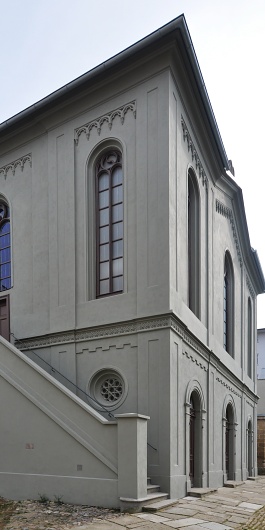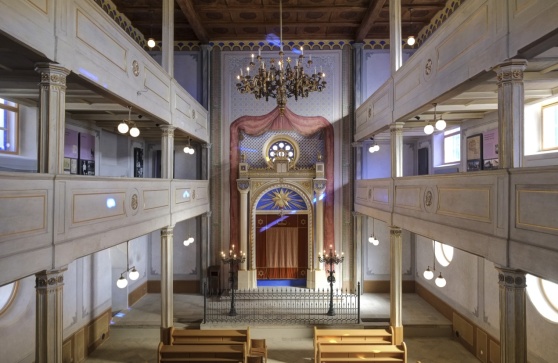
The exhibition in Pilsen presents the architecture of Jewish synagogues
 |
Hungary, where according to him the largest living and flourishing Jewish community in Europe is in Budapest, along with a preserved Jewish quarter, has been presiding over IHRA from March 2015 to February 2016. The presidency includes not only activities of individual Hungarian diplomatic missions but also, for example, the government’s commitment to repair some Hungarian synagogues.
The exhibition provides an overview of eight basic architectural types of synagogues, their floor plans, architecture, materials used, and the number of seats. It documents synagogues in Hungary, the Czech Republic, Slovakia, and Romania, including those resembling townhouses, Protestant churches, factory buildings, peasant cottages, Byzantine temples, palace types, Catholic churches, or the most common types of synagogues in Central Europe based on Solomon's Temple. The exhibition also addresses some significant synagogue builders, the post-war devastation of the synagogues, their use for non-religious purposes, and specific buildings.
The exhibition did not come to Plzeň by chance. The city is this year’s European Capital of Culture and has two reconstructed synagogues. "Many people may know that the two largest synagogues in Europe are in Budapest and Plzeň," added Márvány.
 |
The English translation is powered by AI tool. Switch to Czech to view the original text source.
0 comments
add comment





